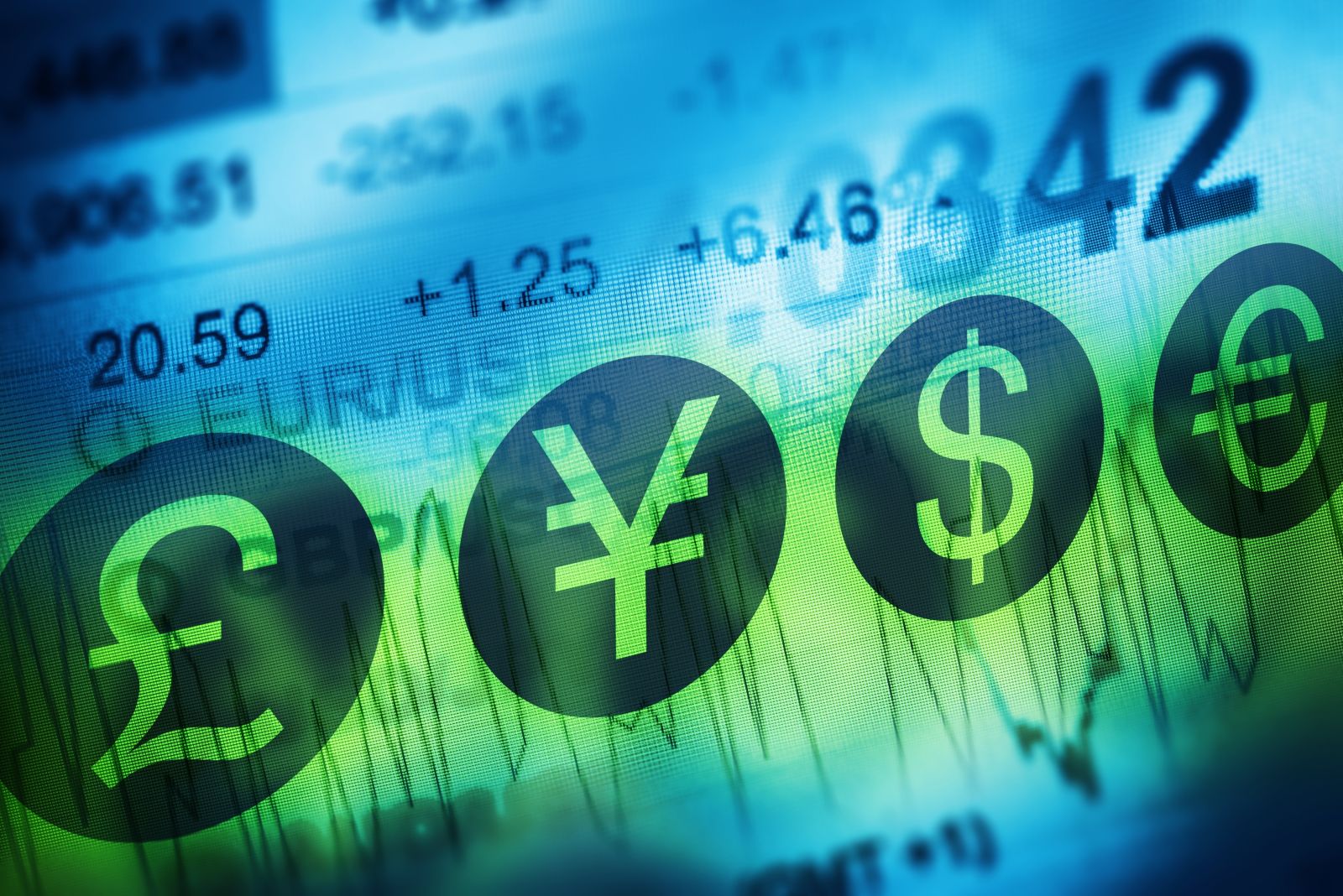
The dollar index (DXY00) on Tuesday fell by -0.47% and posted a 1.5-week low. The dollar was under pressure Tuesday from lower T-note yields. Losses in the dollar accelerated after the US July Richmond Fed manufacturing index unexpectedly fell to an 11-month low.
The dollar found some underlying support Tuesday on comments from Treasury Secretary Bessent, who said, “he sees no reason for Fed Chair Powell to step down right now.” The dollar has been under pressure due to concern President Trump might fire Powell, which could prompt foreign investors to shun dollar assets over questions of the Fed’s independence.
The US July Richmond Fed manufacturing survey of current conditions index unexpectedly fell -12 to an 11-month low of -20, weaker than expectations of an increase to -2.
Federal funds futures prices are discounting the chances for a -25 bp rate cut at 5% at the July 29-30 FOMC meeting and 58% at the following meeting on September 16-17.
EUR/USD (^EURUSD) Tuesday rose by +0.47% and posted a 2-week high. Dollar weakness on Tuesday boosted the euro. The euro also has support on expectations that the ECB will keep interest rates unchanged at Thursday’s policy meeting.
Gains in the euro were limited after Tuesday’s quarterly Bank Lending Survey from the ECB said that loan demand remained weak, a dovish factor for ECB policy and negative for the euro. The euro is also under pressure on concerns that President Trump is pushing for a minimum tariff of 15%-20% in any trade deal with the European Union (EU), as Mr. Trump has remained unmoved by the latest EU offer to reduce car tariffs. Higher tariff rates on EU goods could undercut the Eurozone economy, a bearish factor for the euro.
The ECB’s quarterly Bank Lending Survey stated that “Loan demand was supported by declining interest rates, but dampened by global uncertainty and trade tensions, and while lenders saw a slight net increase in loan demand in Q2, the uptake remained weak overall.”
Swaps are pricing in a 2% chance of a -25 bp rate cut by the ECB at Thursday’s policy meeting.
USD/JPY (^USDJPY) Tuesday fell by -0.58%. The yen recovered from overnight losses and climbed to a 1-week high against the dollar Tuesday after T-note yields fell when Treasury Secretary Bessent said “he sees no reason for Fed Chair Powell to step down right now.” The yen initially moved lower Tuesday after Bloomberg reported that BOJ policymakers will likely keep the policy rate at 0.5% at next week’s BOJ meeting.
The upside in the yen in the near term may be limited due to concerns that the LDP’s loss of its majority in Japan’s upper house in Sunday’s elections may lead to fiscal deterioration in Japan’s government finances, as the government boosts spending and implements tax cuts.
A report from Bloomberg said that Bank of Japan (BOJ) officials see little need to shift their policy stance of gradually raising interest rates after Prime Minister Ishiba’s election setback and that policymakers will likely keep the policy rate at 0.5% at next week’s BOJ meeting. Policymakers also want to see how any trade deal between Japan and the US affects the inflation trend and the economy going forward before raising rates again.
August gold (GCQ25) Tuesday closed up +37.30 (+1.09%), and September silver (SIU25) closed up +0.221 (+0.56%). Precious metals settled higher on Tuesday, with gold climbing to a 5-week high, Sep silver posting a contract high, and nearest-futures (N25) silver posting a nearly 14-year high.
Tuesday’s fall in the dollar index to a 1.5-week low was bullish for metals prices. Also, lower global bond yields on Tuesday were supportive for precious metals. In addition, precious metals garnered support from today’s ECB quarterly Bank Lending Survey, which said loan demand remained weak in Q2, a dovish factor for ECB policy.
Finally, precious metals have safe-haven support from global trade tensions, following President Trump’s announcement last Wednesday that he intends to send a tariff letter to more than 150 countries, notifying them that their tariff rates could be 10% or 15%, effective August 1.
Fund buying of gold continues to support prices after gold holdings in ETFs rose to a nearly 2-year high Monday.
Silver prices were undercut Tuesday after the US July Richmond Fed manufacturing index unexpectedly fell to an 11-month low, a negative factor for industrial metals demand.
On the date of publication, Rich Asplund did not have (either directly or indirectly) positions in any of the securities mentioned in this article. All information and data in this article is solely for informational purposes. For more information please view the Barchart Disclosure Policy here.






